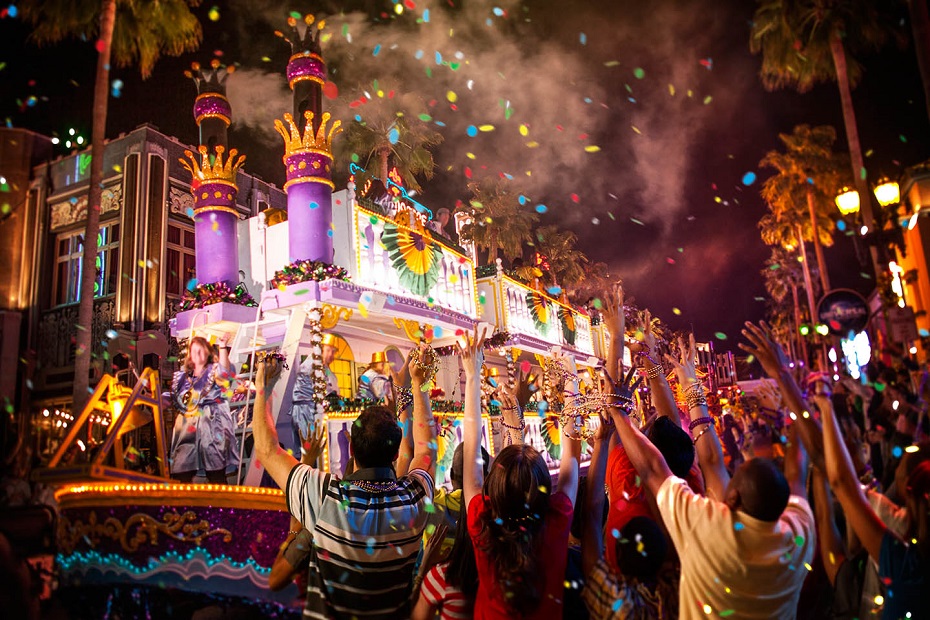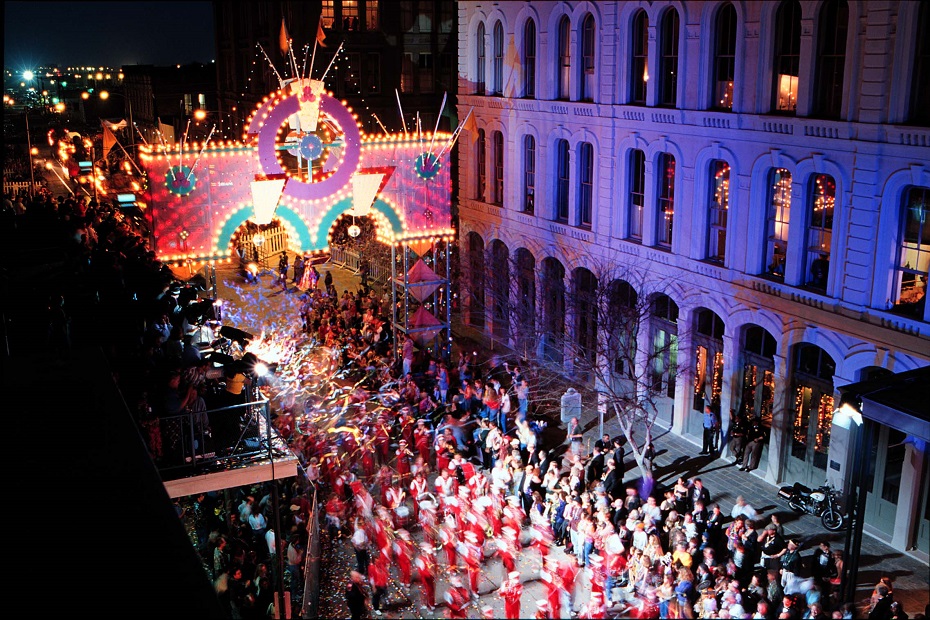Mardi Grass New Orleans
About This Project
February 9 – 13, 2018
New Orleans, LA, USA
Details
Mardi Gras is synonymous with hedonism and debauchery, and with a motto of Laissez les bons temps rouler (Let the good times roll), it’s no surprise that this is probably the wildest party in the United States. Mardi Gras is more than just beads and boobs, however. New Orleans is home to half-a-dozen cultures and dialects, and this all-inclusive event has something for everyone, from colorful, family-friendly parades and jazz-inspired music to uninhibited parties and time-honored traditions. So don your purple, green and gold—the festival’s official colors representing justice, faith and power—and get ready to give into the spirit of spontaneity.
Carnival is celebrated in numerous places around the world, marking the last period of celebration before the Lenten season begins, when Catholics enter a period of introspection and self-sacrifice. Mardi Gras is French for “Fat Tuesday,” when one is allowed to cram in as much debauchery as possible before Ash Wednesday, the first day of Lent. French colonists are credited with bringing Mardi Gras to the South in the 1700s, and mystic societies, or krewes, were formed shortly after. The first public parade was held in New Orleans in 1857 by the torch-carrying Mystick Krewe of Comus, the original Louisiana krewe. These secret societies have become the backbone of today’s festival, organizing the massive public parades and exclusive private balls.
The Mardi Gras Indians also got their start in secret societies. During the time of slavery, groups of blacks from inner-city ghettos formed underground tribes. Local Native America tribes were the first to accept blacks who sought freedom, who called themselves Indians out of respect. Post slavery, racism was rampant in the South, and few African Americans felt they could participate freely in Mardi Gras parades. Masks served not only as a racial veil, but also as a strategic disguise; the chaos of Mardi Gras was an opportune time for the Indians to settle unfinished scores between rival gangs.
The entire city shuts down for Mardi Gras, and festivities begin in earnest a week prior, though some parades and events start as early as a month before. The official parade route is actually stunningly regimented. Various krewes or parade congregations represent local municipalities or communities, presenting floats and costumes that keep with their theme. Krewe of Isis, for example, is a group of women with an Egyptian-themed parade. The oldest krewe, Rex, whose origins date back to the Civil War, is so named because it’s the King of the Carnival and features epic regal floats, one of which carries that year’s crowned king. So-called super krewes, such as the Krewe of Bacchus, feature the latest in cutting-edge technology; their animated super float includes a giant, illuminated mechanized crocodile with more than two-dozen riders.
Video
Location




